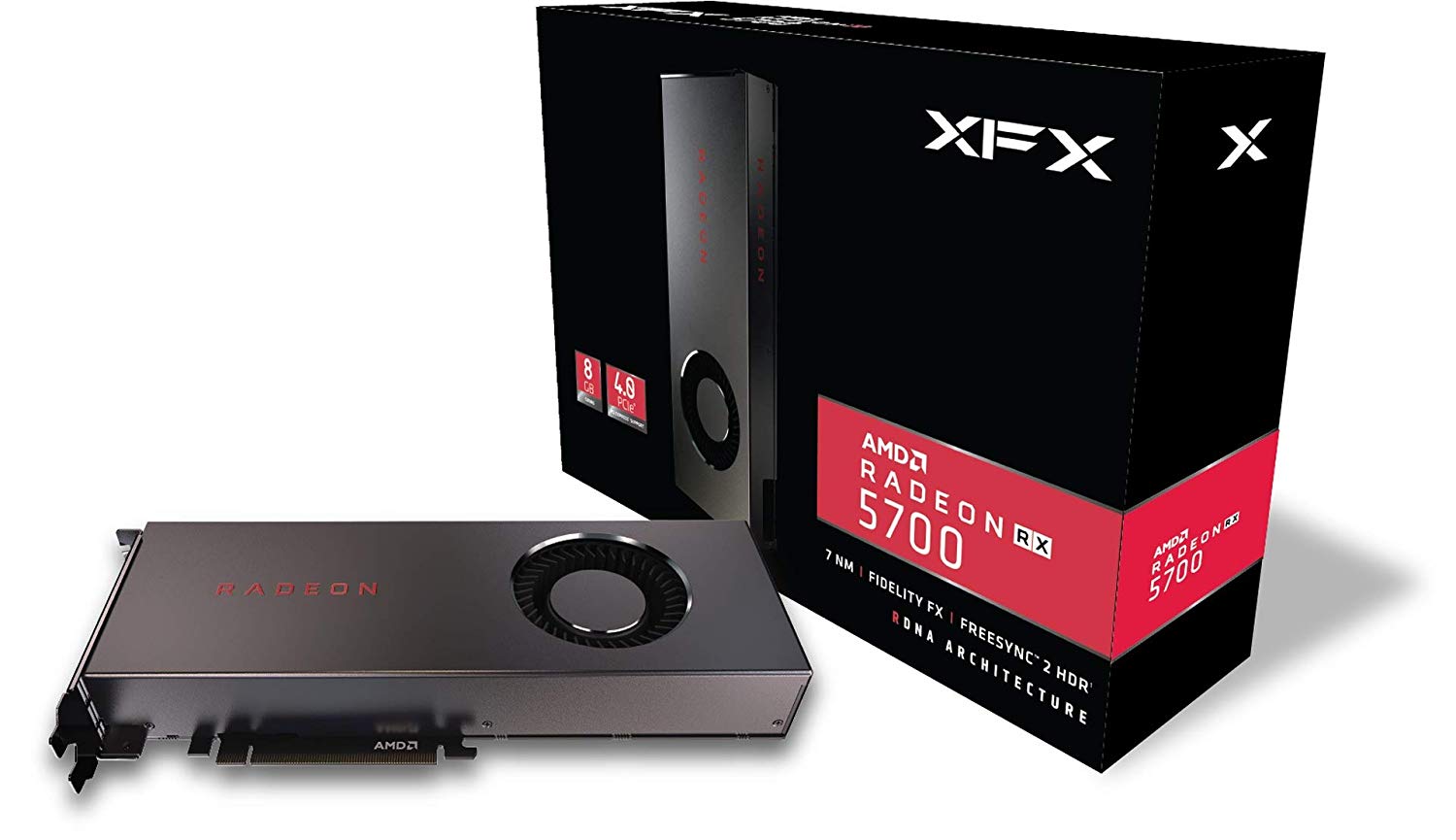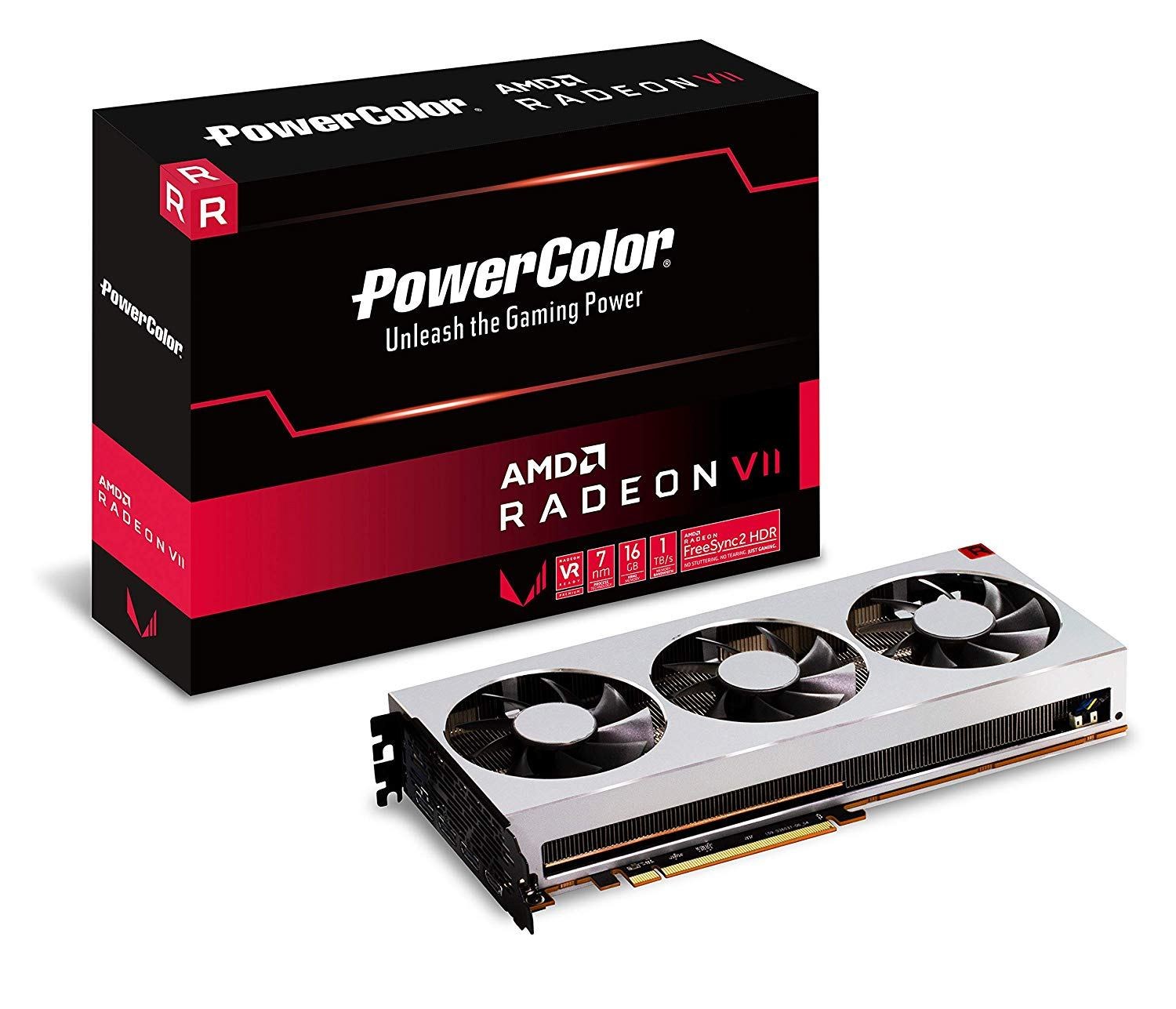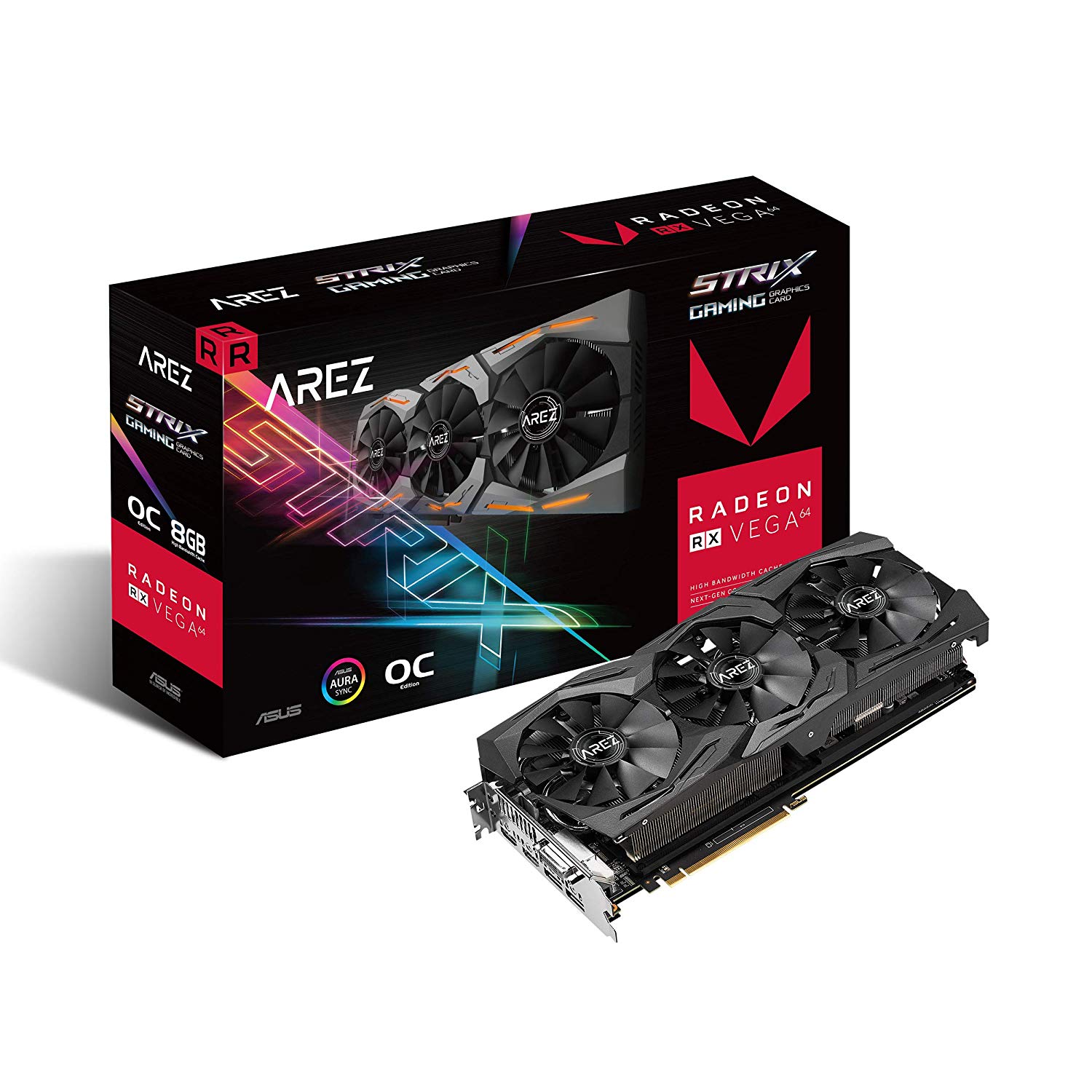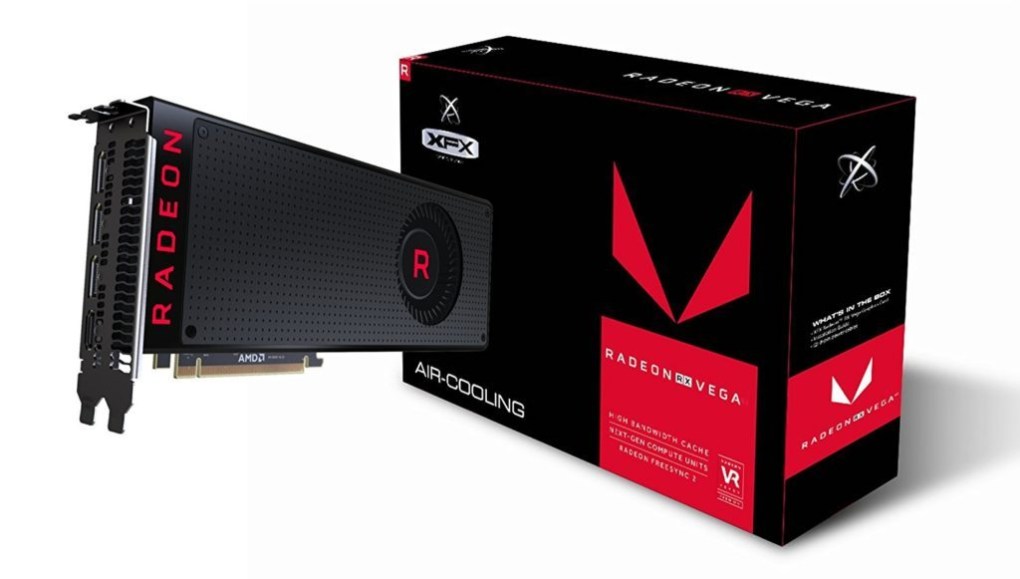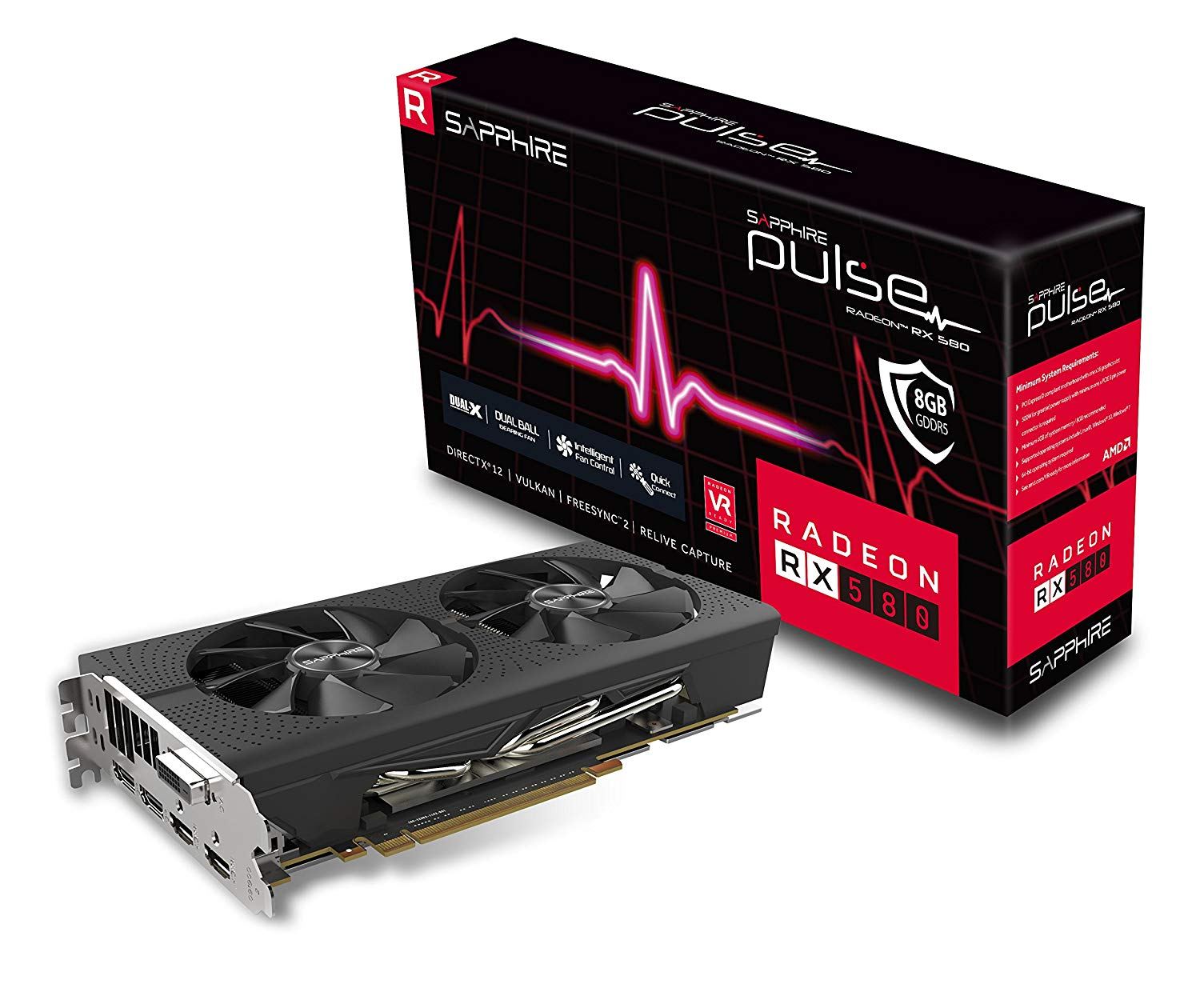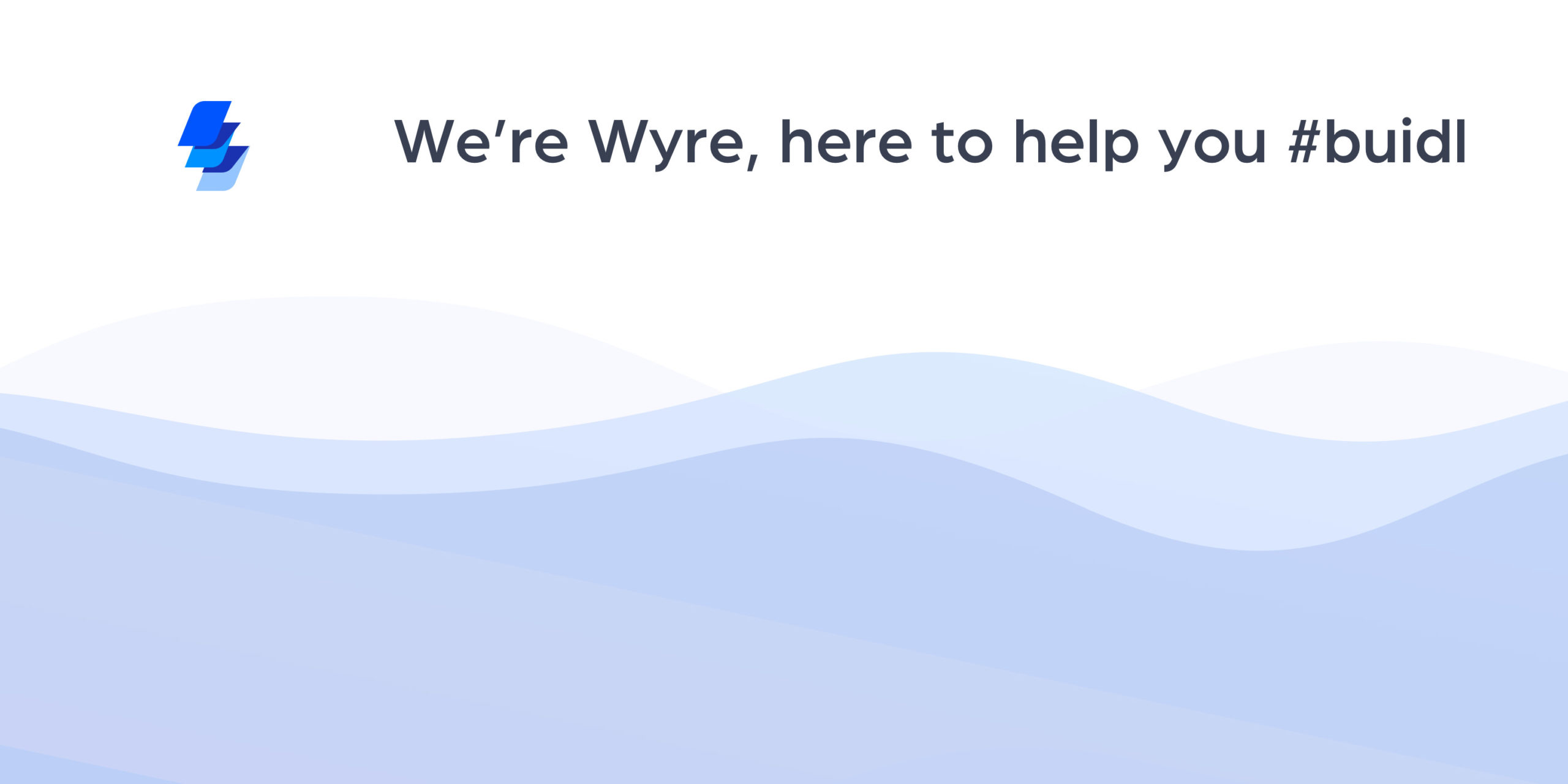Hmmm… At decentralized exchange sounds kind of cool, I mean.. Bitcoin is so popular because it’s decentralized..
Is it easy to sign up though.. ? *clicks*
“Connect an Ethereum wallet to get started.” *clicks*
“Download MetaMask” - idk what meta mask is.. that sounds complicated.. maybe some day
WTF is MetaMask anyways? It’s usually the top option when using any decentralized application, so you’re bound to come across it while venturing through Web 3.0.
To convince you to keep reading, here’s a spoiler: It’s easier to use than a Facebook account.
How to set up MetaMask
The one caveat to setting up MetaMask is that you can’t be using the Edge or Safari web browser. The best MetaMask compatible alternatives are Brave, Chrome, Opera and Firefox. After you have the browser, the steps are pretty univesal.
- Search “MetaMask download “your browser” (or click links to browsers above, they link to MetaMask extensions)
- Download the MetaMask plug-in from your browsers’ website
- Authorize your browser to install MetaMask
- MetaMask will pop up and ask you to create a password
- Next, you will write down the 12 word phrase that it gives you
- You’re done. Excellent skill.
The password will allow you to access your wallet from where you installed it, and the 12 word phrase allows you to access it from any other computer or program. Losing this phrase would mean that you will never be able to recover your funds or virtual identity if the device is compromised.
Crypto storage feature
MetaMask plays two important roles in the Web 3.0 environment. Since it’s called a “wallet,” the most obvious use is that it can store your crypto. This wallet is more niche than others because it can only store ERC-20 compatible crypto, which means no Bitcoin.
The niche MetaMask fulfills is being very accessible to decentralized applications (dApps) built on the Ethereum network. Most widely used decentralized applications run are built on Ethereum because it is the most popular blockchain network that supports smart contracts. Smart contracts allow developers to build applications.
Right now, the most popular dApps with tangible use cases involve decentralized finance (DeFi). DeFi includes trading, lending, borrowing, and generally, managing assets in a decentralized manner. The DeFi ecosystem doesn’t involve much Bitcoin because of incompatibility. There are ways to “wrap” Bitcoin, essentially making an ERC-20 token with the value of Bitcoin, but most big dApps don’t use it.
So, MetaMask focuses on storing the things that dApps do use, which is all related to Ethereum.
MetaMask Identification
The ability for MetaMask to act as identification is way more cool and interesting than its storage capacity. Simply put, it replaces the traditional experience of signing in when using a dApp.
One dApp in particular, peepeth, acts as a decentralized twitter built on Ethereum. Instead of signing up with a username and password, you can use your MetaMask signature. If Web 3.0 grows in the future, this will in theory replace the signing in process and make your online accounts as secure as your crypto wallet.
A downside is that in order for you to sign in on new devices, you will need the 12 word keyphrase to recover your wallet. So if you signed into peepeth on your friends phone, they could snatch it out of your hands and have full access to your crypto wallet. This could be solved by having separate key phrases for identity and storage, or by opting for a traditional username/password sign in.
Summary
MetaMask is a wallet with traditional storage features that can also prove your identity to the Ethereum network. It has many of capabilities within the Ethereum network, but essentailly none outside of it.
In order for MetaMask to stick around, Ethereum’s plans to be able to scale and stay secure with a proof-of-stake update need to come to fruition. If this update is successful, it will be less costly and more time effective to build and transact in Ethereum. This will theoretically bring more developers and users onto the network, where Web 3.0 will be built.
This wallet is the leading solution to interact with Ethereum, but it Ethereum’s future is not certain. Projects like Telegram’s TON, TRON, Elrond and many others are all aiming to be the blockchain network that people will build the future of the web on. In the meantime, those who do want to explore Ethereum are in good hands with MetaMask.

